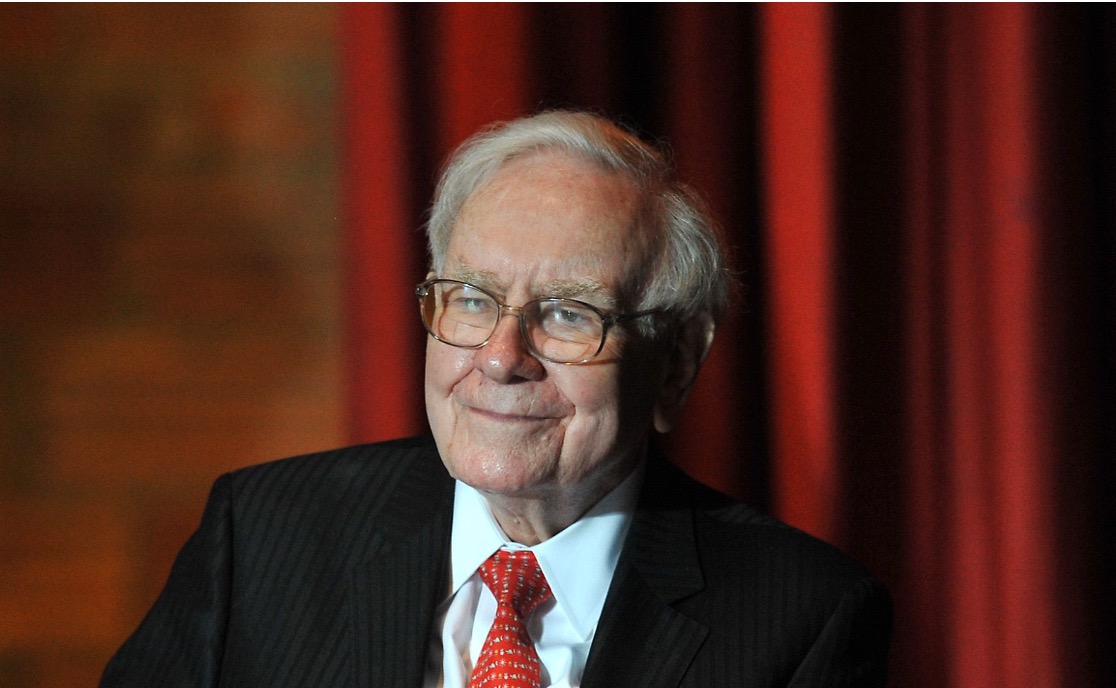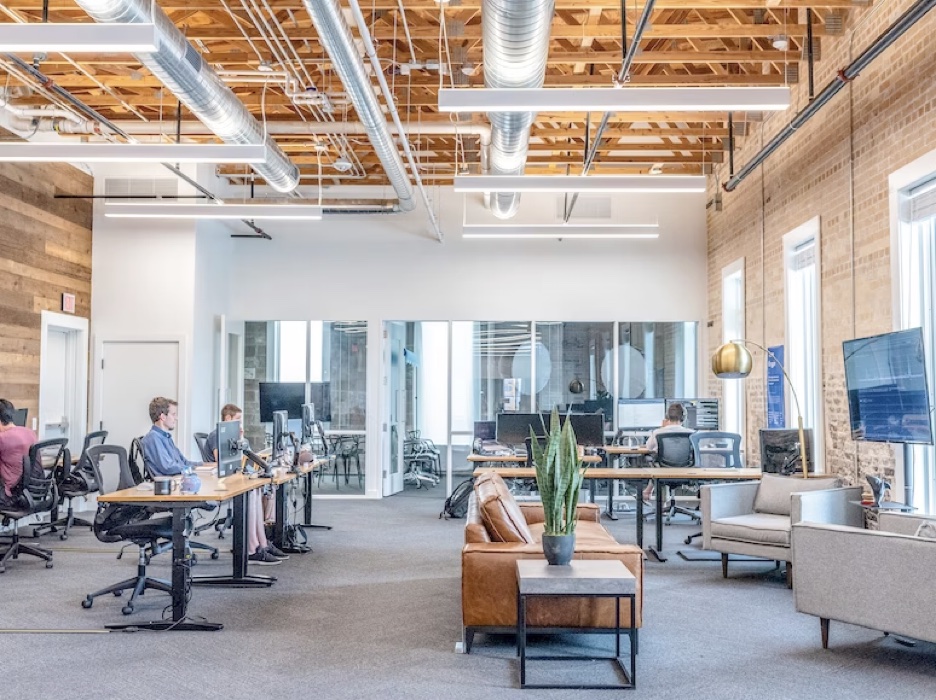A Sameday courier service combines the convenience of online shopping with the immediate product access of stationary retail. It means you can get your goods on time as and when you want and need them too. Traditionally, logistics handlers consider same-day deliveries as one-offs in the larger picture of the supply chain. This has changed though in more recent years though as more and more businesses are now going for this type of a service as a means for getting their goods.
This is a transformative type of a service
The “last mile” – the final delivery step to the consumer – is gaining importance. This is all due to the rising share of online retail. The latter has turned into a major driving force of B2C parcel logistics. It has also triggered intensive evolution of the service offering towards greater convenience. Alongside alternative pickup and delivery options (e.g., locker-boxes and parcel shops), speed is the main push in this evolution. Next-day or two-day delivery is currently the industry standard. This is in all developed countries, but the next evolutionary step is affordable sameday courier delivery.
This is a service likely to keep on developing
The market for sameday couriers is fuelled by underlying macro-trends, including increasing GDP per capita, rapid e-commerce adoption, urbanisation, and changing consumer expectations. Sameday delivery requires a critical mass of consumers with sufficient financial resources to pay for such a premium service. Rising GDP per capita becomes even more critical when it applies to large metropolitan areas.
Accordingly, the relevant economic units are metropolitan areas rather than nations. Yet the existence of densely populated areas with extensive buying power is not enough. A high level of e-commerce adoption is a prerequisite for same-day delivery to actually take off. In Western Europe, the share of online retail will almost double from 6 to 11 percent between 2012 and 2020. The ongoing substitution of stationary retail sales by online sales will lead to a significant increase in B2C shipments. These are all of which a share is likely to be delivered by same-day delivery.
Online retailers are really investing in this service
Online retailers are the main originators of B2C shipments. They share a large interest in reducing delivery time, as immediate product access significantly improves their competitive positioning against stationary retailers. With same-day delivery, online retail will be able to further increase its share of total retail and foster the sale of product categories typically not sold online – DIY products such as tools, for example, that are usually purchased for immediate use.
For multichannel retailers, same-day delivery constitutes an opportunity to participate in the e-commerce boom. It then means they can provide more convenience to their customers at the same time. Amazon’s move into same-day delivery / sameday courier services in 2009 was perceived as a threat by many multichannel retailers, and triggered a number of initiatives by retailers and the emergence of new players like Shutl. Retailers are looking for possibilities to leverage their network of retail outlets in order to offer same-day delivery. Their advantage over online retailers is local product availability. This in turn then reduces the required time and potentially also cost of a same-day delivery.
Overall
Outsourcing on-demand delivery services to a team of experts is often more effective. This is much the case than building the service from the ground up. If you don’t have enough volume at the beginning, they have other deliveries for other companies and can offer you the same affordable price. Scaling the service becomes much simpler when the vehicles and drivers are not on your payroll. When first implementing on-demand service, don’t immediately begin offering one-hour deliveries. Start with same-day or three-to-five-hour windows. Work together with your delivery partners for at least one month while tracking your progress.
Get experience, then decrease your time window when you see you’re ready. Because every business has unique logistical requirements for its last-mile deliveries, it’s important to choose the right team to help scale the service. Restaurants, for example, need to offer “white-glove” delivery. The more communication there is between the business and delivery service provider, the more efficient the deliveries will be.








